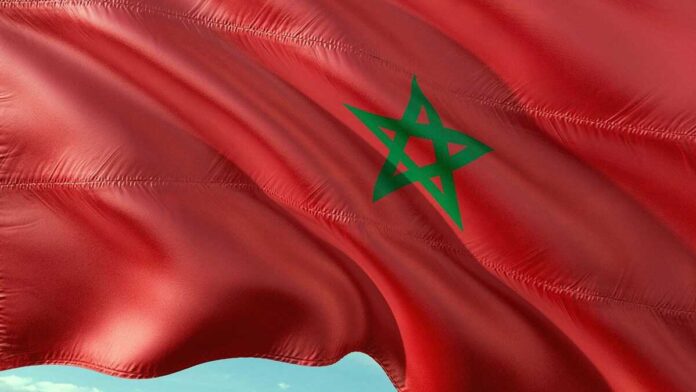Fitch Solutions has released an optimistic forecast for Morocco’s economy, projecting a significant acceleration in growth. The nation’s GDP is expected to climb from 2.6% in 2024 to an impressive 5% in 2025, surpassing the government’s initial target of 4.6%.
Key drivers of Morocco’s economic momentum
Agriculture: The backbone of recovery
At the heart of this upward trajectory lies the agricultural sector. After enduring years of unfavorable weather conditions, 2025 is expected to bring a “normal” agricultural season. This resurgence will not only revitalize domestic consumption but also boost net exports. As agriculture employs nearly 27% of Morocco’s workforce, its recovery will likely reduce unemployment, currently at 13.6%.
The positive agricultural outlook is also poised to alleviate inflationary pressures. Inflation is projected to average 1.7% in 2025, up slightly from 1% in 2024 but still well-contained.
Investments: A driving force
Fitch highlights a robust investment climate, bolstered by an accommodative monetary policy from Bank Al-Maghrib (BAM). With a cumulative 75 basis points cut in the policy rate over two years, BAM’s rate is anticipated to drop to 2% in 2025. Lower borrowing costs are set to stimulate private investments and attract foreign direct investments (FDI), particularly in strategic industries such as automotive, aerospace, and renewable energy.
FDI, which surged by 50.7% in 2024, is expected to maintain its momentum. Simultaneously, public investments will see a significant boost, growing from 6.8% in 2024 to 8.6% in 2025. Increased government spending on infrastructure and personnel (+11.5%) will complement these efforts, creating a fertile ground for sustained growth.
Exports and tourism: Catalysts for expansion
An uptick in external demand, particularly from Europe, will play a vital role. With the Eurozone’s growth projected to rise from 1.4% in 2024 to 1.8% in 2025, Moroccan exports are poised to benefit. Additionally, reduced agricultural imports, thanks to improved local production, will help balance trade.
The reshoring of supply chains will further enhance Morocco’s industrial capacity, particularly in export-driven sectors. Meanwhile, the tourism industry is set for a windfall, driven by the 2025 African Cup of Nations, which is expected to attract large numbers of international visitors.
Challenges ahead
Despite the positive outlook, risks remain. Morocco’s heavy reliance on agriculture leaves its economy vulnerable to adverse weather conditions. A poor harvest could exacerbate unemployment, heighten inflation, and increase dependence on imports.
Nevertheless, Fitch has reaffirmed Morocco’s sovereign credit rating at BB+ with a stable outlook. The agency credits the nation’s sound macroeconomic policies, strong creditor support, and healthy liquidity reserves for this stability.
A promising path forward
Fitch Solutions’ forecasts paint a bright future for Morocco, driven by strategic investments, economic diversification, and resilience. As the country continues to strengthen its regional and global standing, it is well-positioned to sustain its economic momentum while embracing innovation and inclusivity.





